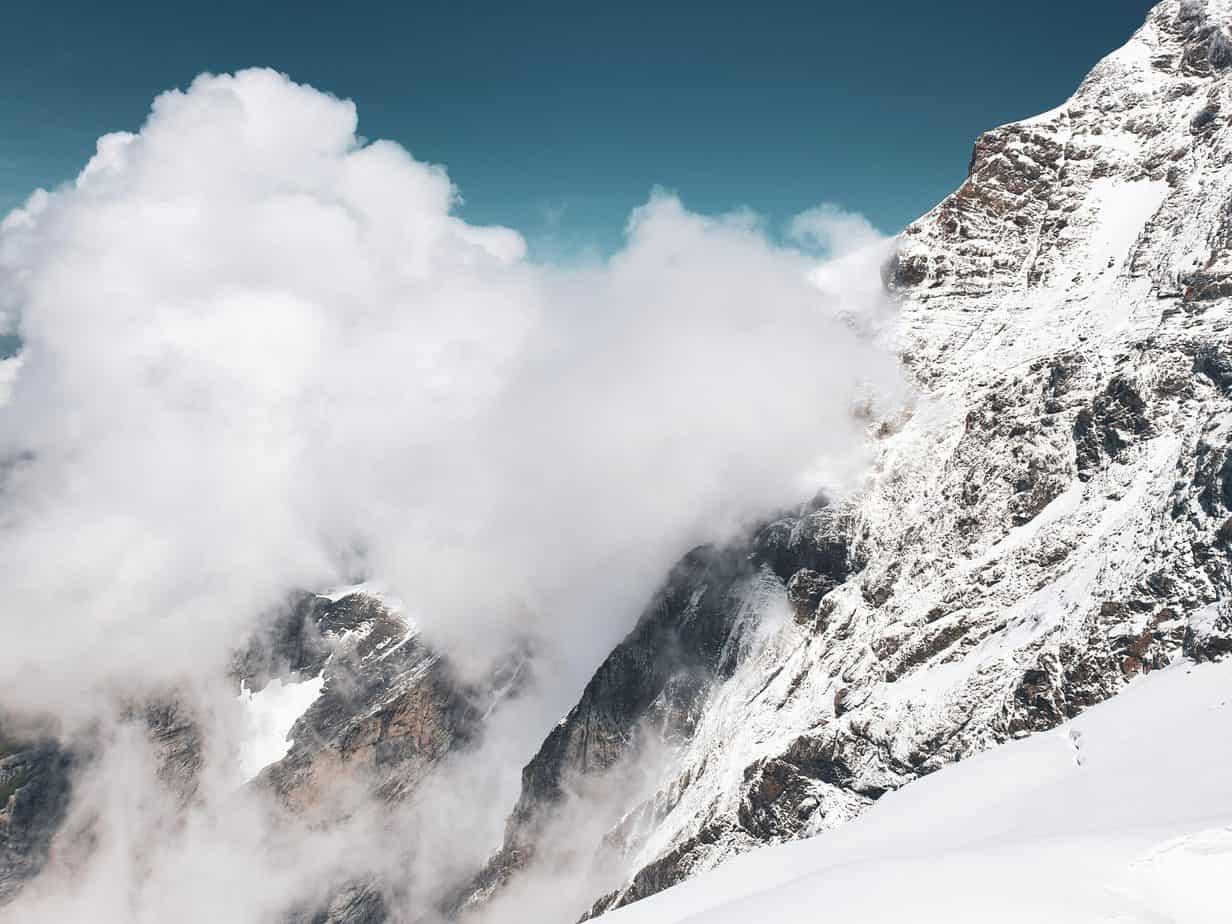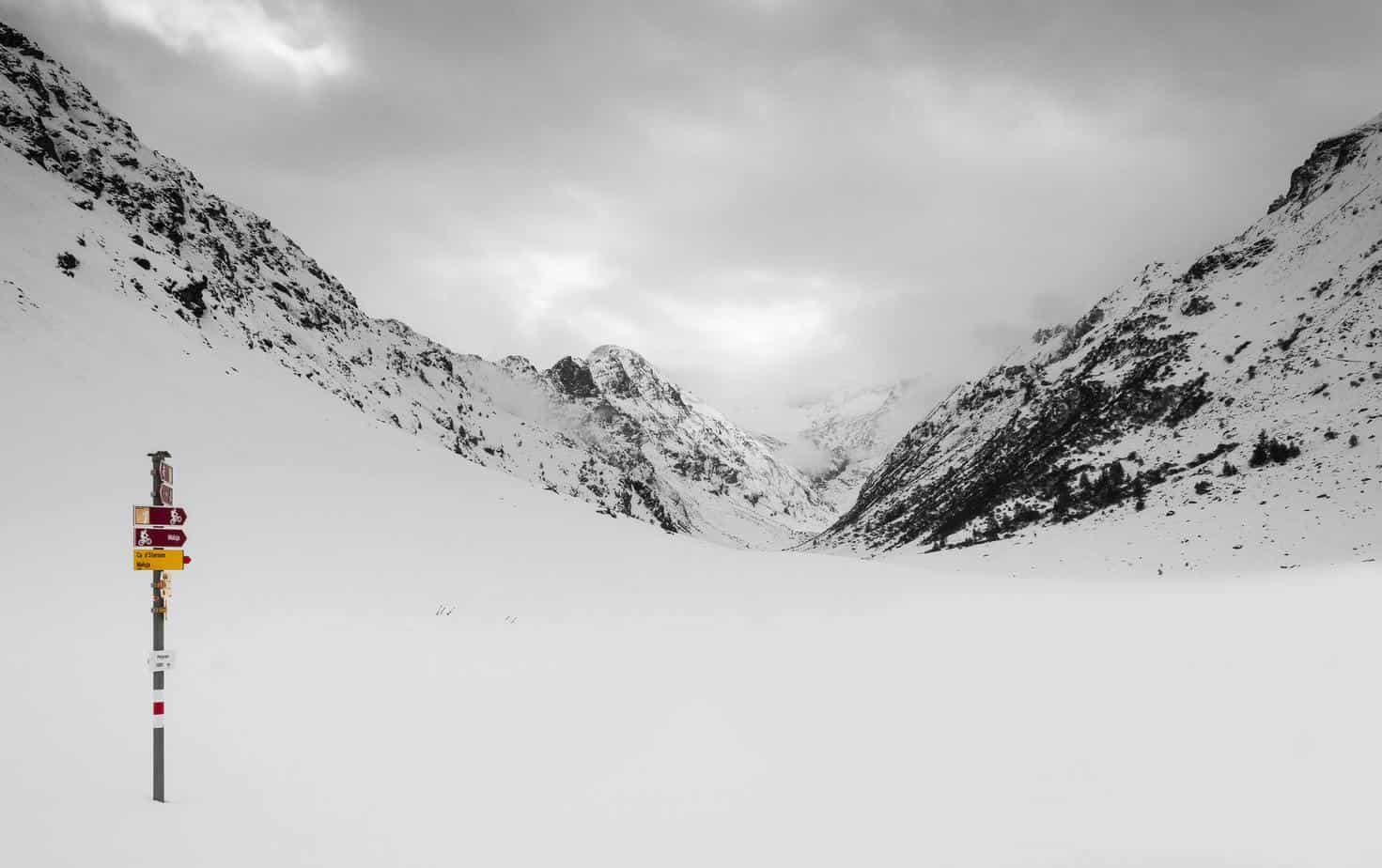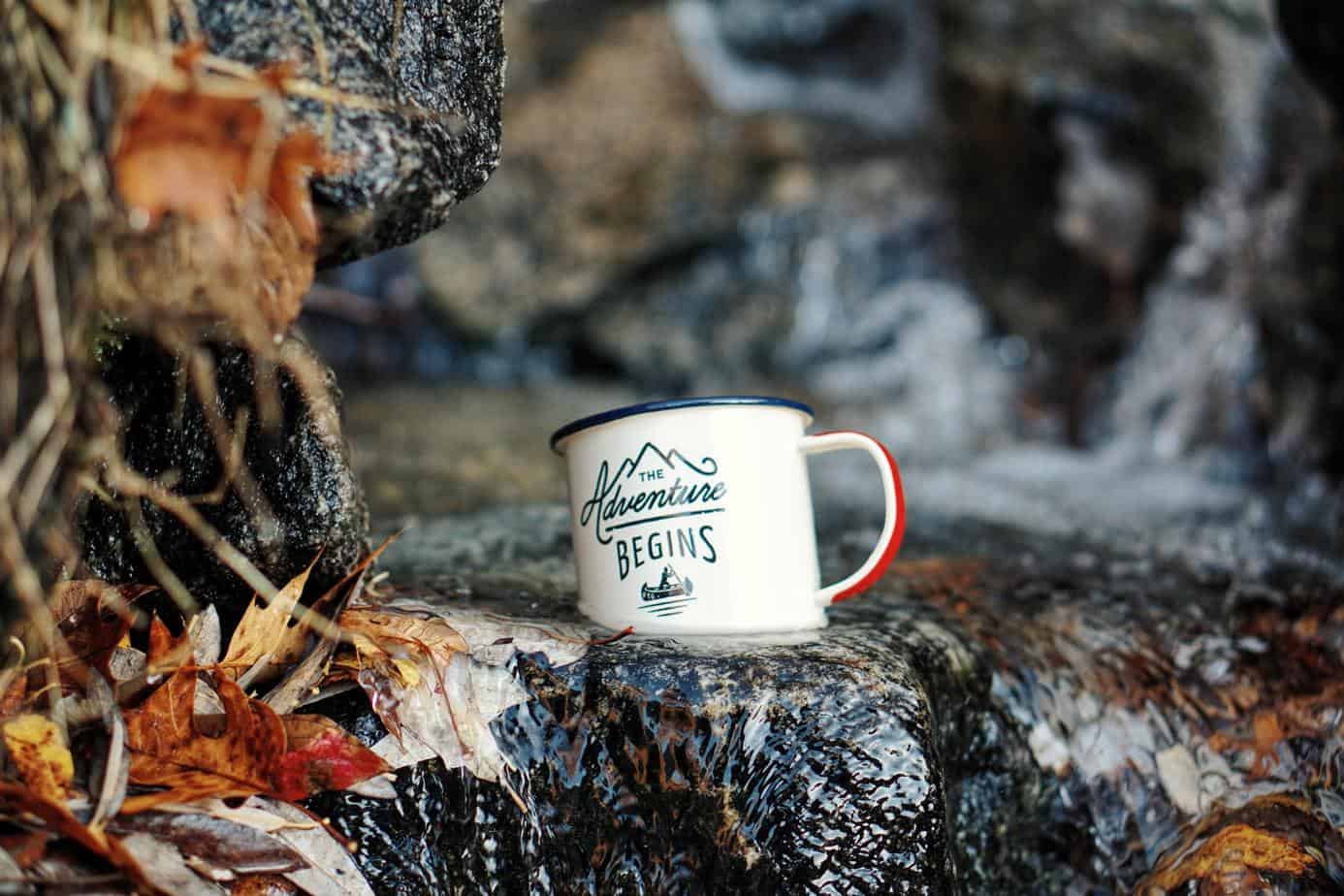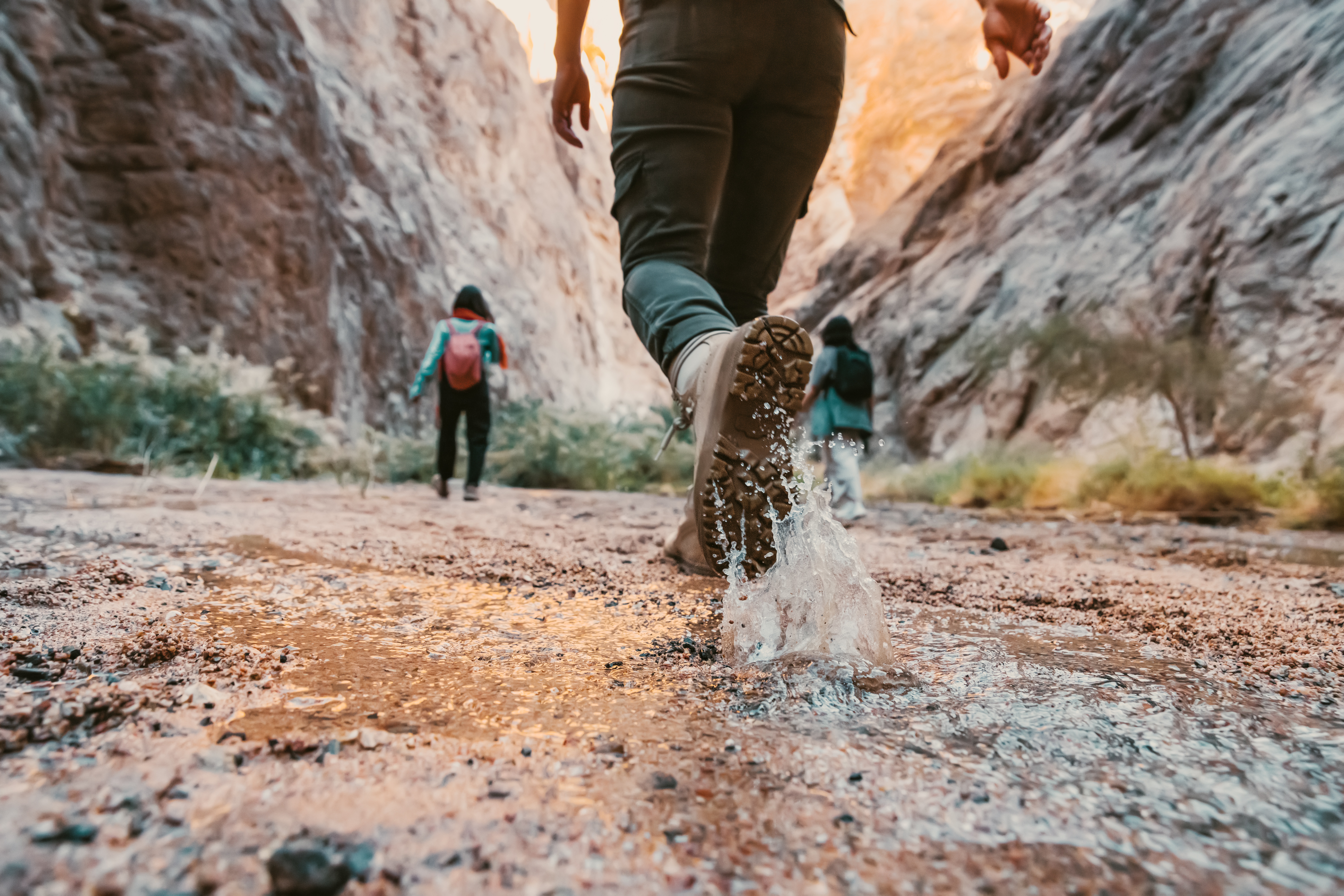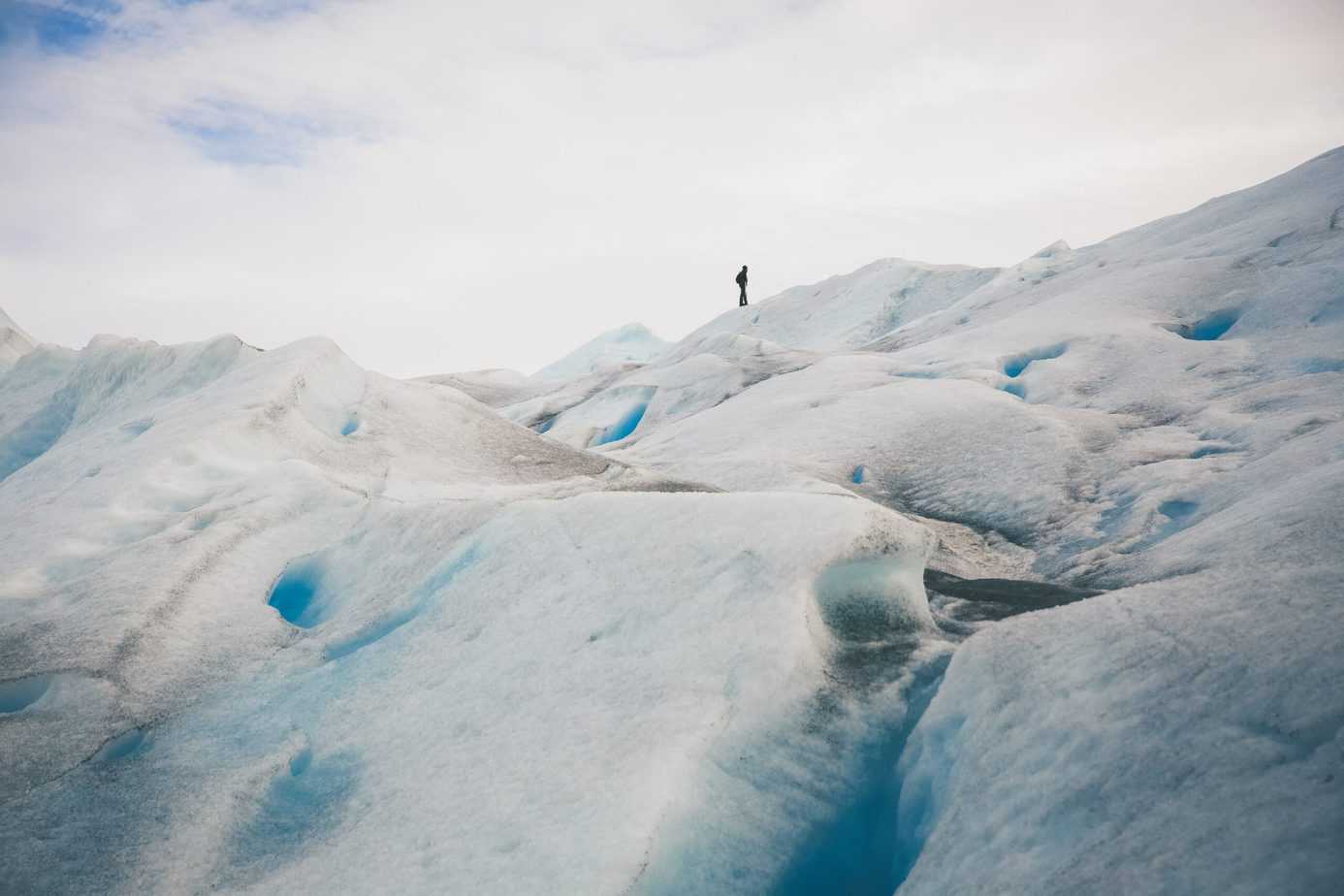Avalanche safety training is a must if you want to explore the backcountry. 20-40 people die every year in an avalanche in the US and 90% of those deaths “are from slides triggered by the victim or members of the victim’s group.” We all want to explore untouched snow, but going out in the backcountry unprepared, without advanced training, is dangerous.
We wanted to chat with an expert ourselves to learn more about avalanches and avalanche safety. We got in touch with Halsted Morris, the President of the Board of Directors for the American Avalanche Association.
In this conversation, we covered what are avalanches, where do they occur, why do they happen, and avalanche safety and rescue gear. After reading through our Q&A with Halsted, consider visiting their website, https://avalanche.org/ and finding an avalanche course near you. Or, jump over to our other article, “Boost Your Wilderness Skills With These 8 Online Courses” to find a course.
Jessica/Origin:
Thanks for taking the time to talk with me about avalanche safety. My first question: What is an avalanche?
Halsted/AAA:
An avalanche is the mass of snow or ice moving down a slope. Not only is it a mass that starts out, but it gathers more snow in the process, as it goes down the slope and runs out where the slope angle reduces and it comes to a stop. We also have sand avalanches in the world. Like in the Sahara Desert. So it’s a loose material. But for the most part, people associate avalanches as being snow and ice.
Jessica/Origin:
Yeah, I would never have thought about sand.
Halsted/AAA:
We are not the only planet that has avalanches either. They once had an avalanche show up in a picture from Mars. It’s wild they were able to shoot the picture at the right time.
Jessica/Origin:
Have you ever been caught in an avalanche?
Halsted/AAA:
Yeah.
Jessica/Origin:
How was that? Was it terrifying?
Halsted/AAA:
Yeah, it’s pretty scary because the first thing you realize is you’ve lost control of everything. In the case of one avalanche, I was standing there thinking, “Well, I don’t really like this. It feels kind of funny.” Then suddenly it fractured between my feet. And totally went out of control. It was like being inside a washing machine.
Jessica/Origin:
Yeah, I can only imagine.
Halsted/AAA:
Just being thrown around left and right.
Jessica/Origin:
Were you able to get yourself out? Or did you have to get rescued?
Halsted/AAA:
I ended up with my head and my arm out. I couldn’t really dig myself out very quickly. So my buddy had to hike down to me and pull me out.
Jessica/Origin:
Good thing you had a friend. So where do avalanches occur?
Halsted/AAA:
Avalanches happen on some sort of slope. And the steepness of the slope is a major ingredient in having an avalanche. And most avalanches happen between 25 to 45 degrees.
Below 25 degrees, the slope just isn’t steep enough to usually get a tug of gravity on the snow. It’s not to say that we haven’t had them. But that’s usually where you get the cut off as far as where most avalanches will happen.
There are slush flow avalanches, where there’s slushy snow with lots of water. This sometimes has slid on slopes as low an angle as 12 degrees.
Usually snow doesn’t stick to anything over 45 degrees. If it does stick to it, it’s usually pretty stable snow.
You’ll see these ski movies in Alaska, where they’re skiing really steep stuff, and it’s usually snow that’s been plastered on there. That’s very, very thick. And it adheres well to the slope.
Jessica/Origin:
Why do avalanches occur?
Halsted/AAA:
The ingredients for your avalanche sandwich are when you have a steep enough slope, you put the snow on the ground, and then what you have is a weak layer at the bottom which usually, — like this season here in Colorado — has been caused by the fact that we haven’t gotten a lot of snow.
The snow sits on the ground and the warmth of the ground kind of cooks it.
You have to realize snow can change rapidly between two or three degrees of temperature.
So what happens is that the snow at the very bottom of a snow pack, as it sits there, doesn’t get packed down.
Because we don’t get more snow packing it down with weight, it basically becomes rotted at the bottom of the snowpack into these little faceted grains. They’re very square. They’re very sugary. And they don’t have very good connectivity as far as how they connect with the next grain of snow.
Take your fingers and put one finger tip to another. It’s easy to leverage it and break the bond between the two. If you take your hand and you make two fists. And you push them together, it shows how much more contact area there is.
But these grains at the bottom of the snowpack are your weak layer.
Now you can have that at the bottom of the snowpack from the beginning of the winter. But you can also develop these kinds of grains later in the winter.
If they sit there on the top of the snowpack, and we don’t get another storm to come and compact it, they make these facets near the surface.
Then say another storm comes along, and now it’s being dropped on top of these stacks of faceted grains that are very weak. Add several days of no snow. Then suddenly it snows like it just did. We end up with too much of a load on top of those grains. They just can’t support it and that’s why it slides out.
So you got your steep slope, your snow on the slope, and you got your weak layer. What do you think we have to have next?
Jessica/Origin:
Another heavy layer?
Halsted/AAA:
Well, it makes it into a slab on top of that. So that’s going to be the mass of snow moving down the slope. And then what we need is a trigger. Triggers can be both natural and human.
If it’s a natural trigger, it can be because we had rapid changes in temperature. Or way too much new snow dropping on to it.
Or the worst one of all is rain. Rain is like this warm water that you pour on top of the snowpack. And it loosens all the bonds between any snow grains.
Triggers, as far as humans go, well, you know, we go out and we want to play. People think the best skiing is between 25 and 45 degrees or more. That’s when we start to get triggers caused by humans.
Animals also cause avalanches, too. We’ve seen whole herds of caribou in Alaska get wiped out. Also mountain goats. They did a study in Canada of mountain goats. Turns out that the biggest fatality factor for mountain goats is actually avalanches. Not falling off cliffs but avalanches.
Jessica/Origin:
What kind of gear do you need to have on you to test the snow? Because I know that’s like a whole process. And we don’t have to go into the entire process. But what’s some of the gear that people use when they do test the snow to make sure it’s stable enough to ski on?
Halsted/AAA:
Well, it’s a pretty primitive tool — a shovel.
You’re going to need the shovel for rescues anyway. We tend to poke through the snowpack by digging holes. We try to find if there’s any weak layers in the snow pack.
A snow saw is a good thing to have too. It makes it easier for conducting a number of more advanced tests that we do. It’s a good tool for being in the backcountry for survival. You can build shelters with them. And a little magnifying glass to look at the grains. Those are the main tools.
Jessica/Origin:
I would never have thought about that. Alternatively, you would need a shovel to help unbury someone if they were stuck in an avalanche. Is there anything else you’d need? I’ve heard about avalanche beacons. Is that the correct name?
Halsted/AAA:
Well, people tend to call them beacons. That’s kind of the common term people use. The technical name is a “Transceiver.”
Because it transmits and receives. Transceivers are basically little radios that broadcast the signal. It’s not very strong. They’ll only broadcast maybe about 300 feet.
So when we leave the trailhead, everyone in the group turns on our transceivers to transmit, or send. We go out for the entire day and come back at the end of the day, and then turn them off. So if anybody was to get caught in an avalanche, the people that are not caught then turn their transceiver to “receive” and they can hone in on the signal being transmitted by the person buried.
Obviously, the person that’s buried can’t change their transceiver’s setting so it errs constantly to transmit. The other people come searching in with their transceiver and search for the strongest point of the signal — that’s where the person is. You can be within two feet of a transceiver.
Then we like to have a probe pole. You probe down and touch the person with the probe pole. Humans are a bit softer than rocks, so when you hit the person with the probe pole, it shows you exactly where you need to dig.
Jessica/Origin:
How long do those probe poles get? Say someone was buried 10 feet deep. Would the probe pole be able to reach them?
Halsted/AAA:
Well, lots of ski patrols use 12-foot poles. When we’re going around in the backcountry, we usually carry just a 3-meter long. They can fold up pretty easily. It can be put into a pack.
Before going in the backcountry, you should have a beacon, probe, and shovel. There’s a number of shovels out there you can get. I suggest that you get a metal one. Plastic shovels, if you were to break them, you’re screwed.
If you have a metal one, and happen to bend it or something like that, it’s still kind of usable.
Now, one item that tends to be more and more accepted is the avalanche airbag pack.
They come in a pack and you wear it. As you get caught in an avalanche, you pull a trigger on it, which is usually up on the shoulder straps. Out the side of the pack, it blows out large balloons. They’re usually three by two size balloons. And the idea is to make you a bigger object in the flow of the avalanche.
This has a long technical name: aggregate dispersion. I equate it to this cereal slate theory. It’s like when you open a box of cereal, what do you find at the top?
Jessica/Origin:
The toy?
Halsted/AAA:
Haha. You find the large flakes. And what’s down at the bottom of the box?
Jessica/Origin:
Yeah, all the crumbled bits.
Halsted/AAA:
Yeah. The smaller crumble bits. So the idea is that we’re gonna make you a larger flake in the flow of the avalanche.
If you ever get to a party and they’ve got the bowl of nuts, take a hold of it. Just gently shake it. The little ones go to the bottom. The big ones stay on top.
Jessica/Origin:
Yeah. I’ve experienced that with chips.
Halsted/AAA:
Basically, that’s the theory behind the avalanche airbag pack. The only thing is they cost a lot of money. And also the canister that’s in the pack, once it’s used, you have to replace it.
So it’s not like you can stuff the bag back into the pack. But there’s lots of research on avalanche airbags.
Jessica/Origin:
Do you use one or carry one with you?
Halsted/AAA:
I don’t have one yet. I need to buy one. But you know, I’m older. I’m not doing as much touring.
One thing that we see happen a lot of times with the avalanche airbags is what I call the “fighter pilot syndrome.” Where the fighter pilot’s plane is going to crash. And the guy keeps saying, “I can save it, I can save it.” And he doesn’t pull the ejection handle right away.
So many people have been doing that with their airbag packs. They think, “I don’t want to spend 35 bucks on a new canister.”
They think that they can ski off to the side or something like that. And they don’t pull it. We’ve had a number of people found buried that didn’t pull the trigger at all.
So it’s kind of one of the things that gives you an over sense of confidence. Or you also get into the thinking that, “I don’t want to have to use it unless I really do.” The only way it’s going to work is if you pull the trigger.
Jessica/Origin:
Yeah, that makes a lot of sense. Well, I really appreciate your time today. This has been a fun conversation. I mean, it’s a serious topic, but I learned a lot. Where do you recommend people visit to learn more about avalanches and avalanche safety?
Halsted/AAA:
The one website that we always recommend to folks is avalanche.org. We administer that website. We connect current forecasts and areas all around the United States. There are also a lot of tutorials and information.
About Halsted Morris
Halsted, an avalanche safety expert, spent 14 years patrolling at Loveland Ski Resort. Then he worked 10 years for the Colorado Avalanche Information Center (CAIC). He was the Education Director at CAIC and trained everybody from snowplow drivers to Green Berets to Cub Scouts. He’s been on the board of directors of the American Avalanche Association from some time in the 80s and is now the President.
About American Avalanche Association
The American Avalanche Association (A3) is a 501(c)(3) nonprofit organization dedicated to professional excellence in avalanche safety, education and research in the United States. Growing demand increases existing pressure on the inherently dangerous avalanche industry. A3 acts on behalf of avalanche pros and their beneficiaries to ensure access to education, safety, training, and up-to-date resources. Who are avalanche professionals? A3 members include snow science researchers, search and rescue professionals, avalanche forecasters, educators, professional guides, athletes, snow safety officers, snow rangers, patrollers, technicians, and explosive specialists. A3 focuses on three key initiatives: education, publications, and outreach, to connect organizations and professionals with vital resources. Visit their website.
About Avalanche.org
Avalanche.org connects the public to avalanche information and education in the United States. Avalanche.org is a partnership between the American Avalanche Association (A3) and the US Forest Service National Avalanche Center (NAC). The site consolidates data from professional forecast centers to provide real-time avalanche information.
Disclaimer
Www.exploreorigin.com is intended to promote avalanche safety and education by providing an educational opportunity for the public to obtain information and increase their awareness of avalanche hazards. Any action you take upon the information you find on this website (www.exploreorigin.com), is strictly at your own risk. Find The Origin Inc. will not be liable for any losses and/or damages in connection with the use of our website.

